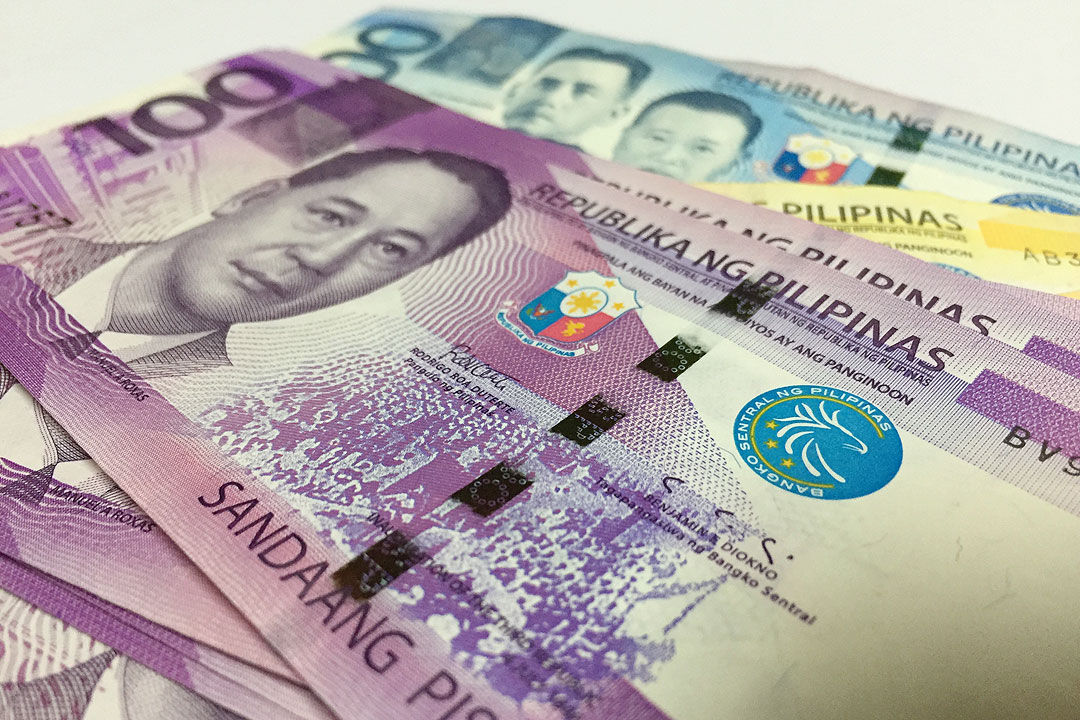
Philippine government’s outstanding debt slips to P17.46 trillion

THE NATIONAL GOVERNMENT’S (NG) outstanding debt slid to P17.46 trillion at the end of September, but remained above the full-year projection, data from the Bureau of the Treasury (BTr) showed.
BTr data showed the outstanding debt dipped by 0.07% or P13.09 billion in September from P17.47 trillion at end-August.
September marked the second straight month of decline in outstanding debt.
However, this was still 0.6% above the projected year-end debt level of P17.36 trillion.
“The continued decrease reflects the government’s sound fiscal discipline, strategic borrowing strategy, and proactive liability management, supported by steady market conditions and robust domestic investor confidence,” the Treasury said.
Year on year, NG debt rose by 9.83% from P15.89 trillion at the end of September 2024, the BTr said.
NG debt is the total amount owed by the Philippine government to creditors such as international financial institutions, development partner countries, banks, global bondholders and other investors.
“The September figures affirm the Marcos, Jr. administration’s strong fiscal discipline and proactive debt management, ensuring that government financing remains sustainable, strategic, and supportive of the country’s growth priorities,” BTr said.
In September, the bulk or 68.6% of the total debt stock came from domestic sources, while the rest came from external sources. The BTr said this was “consistent with the government’s policy of reducing foreign exchange risk while deepening domestic capital market development.”
Domestic borrowings fell by 0.9% to P11.97 trillion at end-September from P12.09 trillion at end-August. This was lower than the P12.04-trillion year-end domestic debt projection.
“(The) government paid off more borrowings than it issued new ones… Total repayments exceeded new issuances by P117.29 billion, more than offsetting the P3.16-billion upward revaluation from the peso depreciation against the retail dollar bonds,” the Treasury said.
Year on year, domestic debt jumped by 9.48% from P10.94 trillion.
On the other hand, external debt rose by 1.9% to P5.48 trillion as of end-September from P5.38 trillion at end-August, mainly due to the weaker peso.
“This movement more than offset the P1.3-billion in net loan repayments and P2.1 billion in third-currency fluctuations,” the BTr said.
BTr data used a foreign exchange rate of P58.149 per dollar at end-September, weakening from P57.042 per dollar at end-August and P56.017 at end-September 2024.
Year on year, external debt increased by 10.6% from P4.96 trillion.
The latest external debt tally also exceeded the P5.31-trillion year-end projection by 3.16%.
Foreign debt was composed mainly of P2.79 trillion in global bonds and P2.69 trillion in loans.
External debt securities were made up of P2.36 trillion in US dollar bonds, P259.37 billion in euro bonds, P59.59 billion in Japanese yen bonds, P58.15 billion in Islamic certificates and P54.77 billion in peso global bonds.
As of September, the NG-guaranteed obligations inched up by 0.05% to P346.63 billion from P346.46 billion in August.
“This was attributed to a P1.75-billion upward revaluation of guarantees due to peso depreciation, partially offset by a P1.33 billion in combined net repayments, and downward adjustment from third-currency movements amounting to P0.25 billion,” BTr said.
Year on year, obligations fell by 7%.
“The decline in debt is primarily driven by a significant decline in government spending amid the corruption scandal. This caused government expenses to go down and some halted while scrutiny and checking are being done,” Reinielle Matt M. Erece, an economist at Oikonomia Advisory and Research, Inc., said in a Viber message.
Mr. Erece said the consistent repayment of existing debt also brought debt levels lower.
Rizal Commercial Banking Corp. Chief Economist Michael L. Ricafort said in a Viber message that the lower debt level in September was also due to a large volume of maturities in government securities during the month.
Mr. Ricafort said the weaker peso during the month “effectively increased the peso equivalent of the outstanding National Government foreign debts when converted to pesos.”
The peso weakened by 1.87% or P1.066 to close at P58.196 on Sept. 30 from P57.13 on Aug. 29.
Philippine Institute for Development Studies Senior Research Fellow John Paolo R. Rivera said outstanding debt is expected to increase by yearend.
“With continued infrastructure spending, external repayments, and elevated interest costs, the National Government debt is likely to rise moderately toward yearend, staying around 60-61% of GDP (manageable but still requiring vigilance to maintain fiscal sustainability),” Mr. Rivera said in a Viber message.
“This might reverse if exchange rate breaches P60 per dollar requiring more debt management,” he added.
At the end of the second quarter, NG debt as a share of gross domestic product stood at 63.1%, the highest since 2005.
The Department of Finance expects the NG debt-to-GDP ratio to ease to 61.3% by end-2025 and eventually fall to 58% by 2030. — Aaron Michael C. Sy




